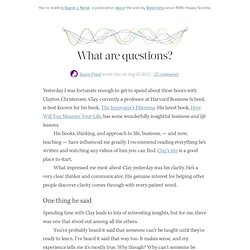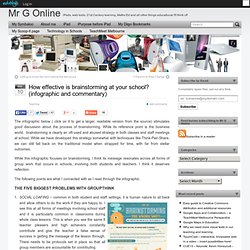

Error Page. Down with homework!

Source: Getty Images CHILDREN in primary school should not be wasting their time on homework – it is a provocative idea. But research into the impact of homework learning outcomes, and motivation, tells a relatively clear story. This week the Victorian Parliament’s Education and Training Committee recommended a review of that state’s homework policy after its findings finally reflected what science has told us for decades: there are no academic benefits from homework for children in primary school. Research tells us the following about the impact of homework on children in primary school: Homework offers no academic advantage. Homework is stressful. As homework increases, national student achievement decreases.
Homework increases family conflict. Research DOES indicate that ALL children should read each night. There’s no science to support or refute these ideas. But the evidence is clear. Dr Justin Coulson is a parenting researcher, speaker, author and father of six. A blog about learning. Uri Treisman’s Magnificent Speech On Equity, Race, And The Opportunity To Learn. On April 19, 2013, the third day of NCTM's annual meeting in Denver, Uri Treisman gave a forty-minute address on equity that Zal Usiskin, director of the University of Chicago's School Mathematics Project, called the greatest talk he'd ever heard at the conference in any year. Stanford math professor Keith Devlin would later call it our "I have a dream" speech. At least one participant left in tears. I've personally seen it three times. I got the video feed from NCTM and the slides from Treisman.
Learner Profile – is it working for you? In my experience, I have found that the PYP Learner Profile is a much maligned, ridiculed and – even worse – ignored element of the PYP.

Yet, it encapsulates the very essence of what it means to be a PYP school bringing up future “global citizens”. It gets laminated and stuck on walls. Kids learn the words parrot-fashion and teachers whack them on planners in schools everywhere. Yet, it is not often that we can put our hands on our hearts and say that the Learner Profile is alive, well and thriving in our schools. Teach Parents Tech. Where Essential Questions Come From. Where Essential Questions Come From by Grant Wiggins, Ph.D, Authentic Education “I didn’t know they could think!”

An excited high school principal blurted out. The principal was reacting to what he had just witnessed: his 9th grade students engaging in their first-ever Socratic Seminar, facilitated by my colleague and wife Denise a few years ago in a Louisiana district. It was a poignant moment (even though the students might have taken offense), since their chatter and body language made clear that they, too, were pleased with what they had done. While it is easy to have a laugh or wince at the Principal’s remarks, I think we all too easily forget how often we have all said such things. What are questions? by Jason Fried of 37signals. Yesterday I was fortunate enough to get to spend about three hours with Clayton Christensen.

Clay, currently a professor at Harvard Business School, is best known for his book, The Innovator’s Dilemma. Using Google forms for confering - The CHROMEBOOK TEST. Learning Theory - What are the established learning theories? How effective is brainstorming at your school? (infographic and commentary) The infographic below ( click on it to get a larger, readable version from the source) stimulates good discussion about the process of brainstorming.

While its reference point is the business world, brainstorming is clearly an oft-used and abused strategy in both classes and staff meetings at school. While we have developed this strategy somewhat with techniques like Think-Pair-Share, we can still fall back on the traditional model when strapped for time, with far from stellar outcomes. While this infographic focuses on brainstorming, I think its message resonates across all forms of group work that occurs in schools, involving both students and teachers. I think it deserves reflection. The following points are what I connected with as I read through the infographic. SOCIAL LOAFING – common in both student and staff settings, it is human nature to sit back and allow others to do the work if they are happy to.
5 Factors to Real Change. Scanning Twitter feeds today, I came across a Chart showing the 5 factors needed for Successful Change.

After a bit of research, I linked it back to “The Art of Leadership” by Manning and Curtis (Manning, George, and Kent Curtis. “Part 2 – The Power of Vision.” The Art of Leadership. Boston, MA: McGraw-Hill/Irwin, 2003. 56-66. Print.) This is my version of the Change Chart While I recall seeing this years ago, it comes as a timely reminder to all involved in massive change that is expected in schools today. Skills need to be developed for change to take place or teachers can’t implement the changes required. Bored Meetings: Eight Simple Ways To Stop Tedious Meetings Ruining Your Week - Bored Meetings: Eight Simple Ways To Stop Tedious Meetings Ruining Your Week - Article - Capstone.